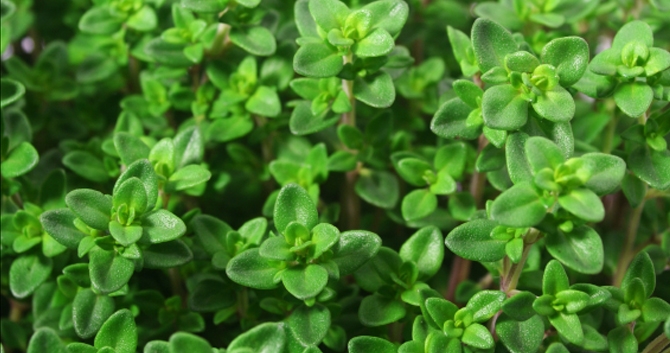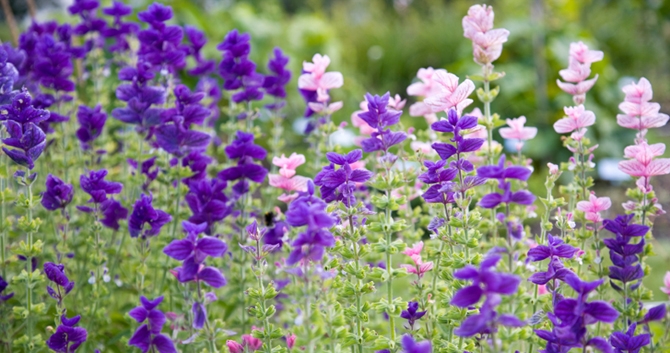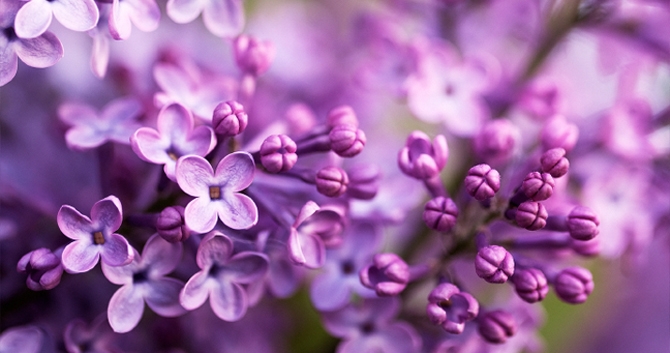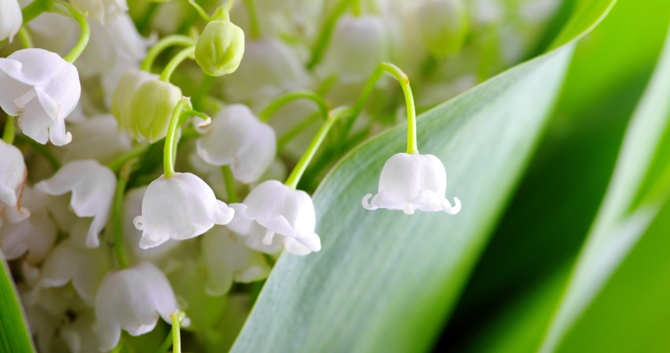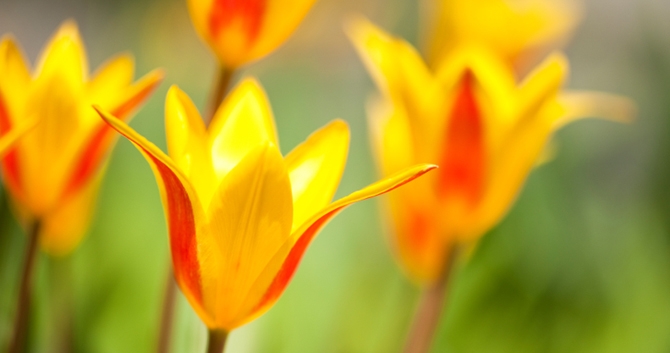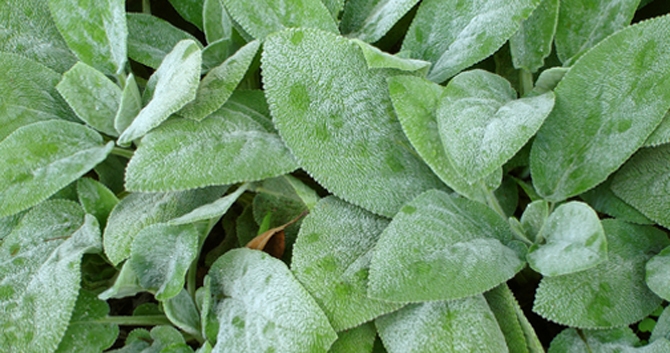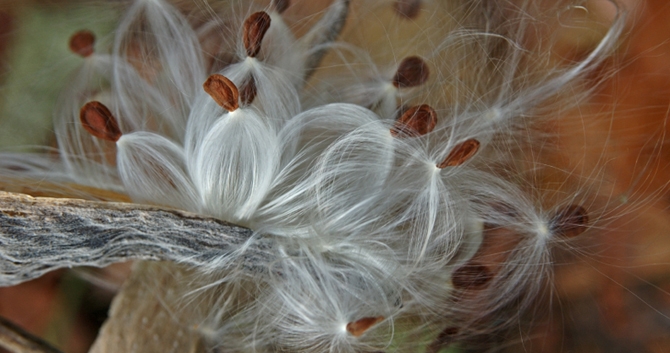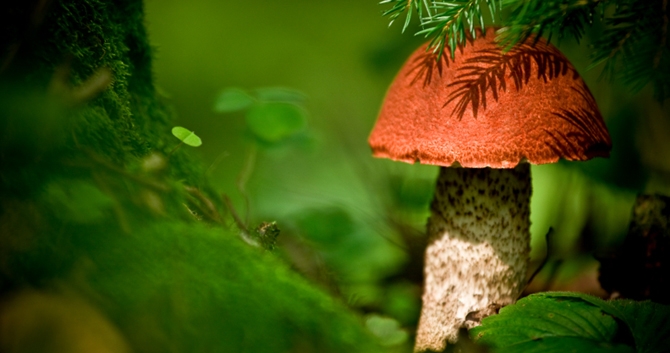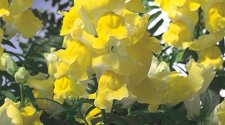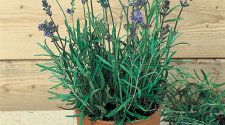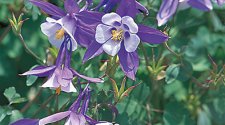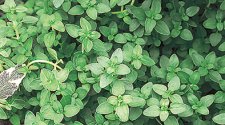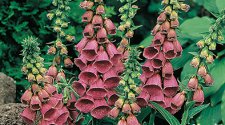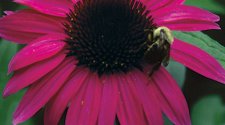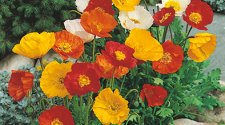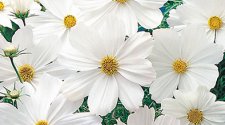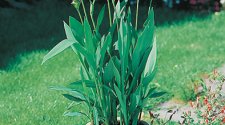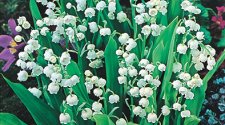At the edge of the garden, where the line between the tended and untended garden begins to blur, is where the garden fairies live. These small magical beings are the guardians of nature and all things natural. Also known as Earth Elementals, fairies are related to gnomes, pixies, wood nymphs, and brownies.
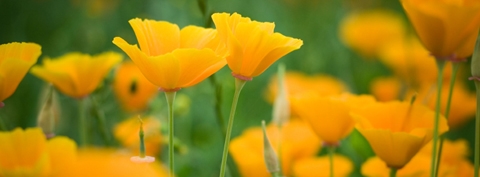 Fairies use poppy pods for sipping tea.
Fairies use poppy pods for sipping tea.
We typically imagine fairies as tiny beings with gossamer wings. This is true, but they’re also masters of disguise, able to assume other shapes. They can be small brightly colored orbs of light, or appear as small animals, birds, insects, or plants. That’s why they’re seldom seen by humans – although they can see us, we can’t recognize them.
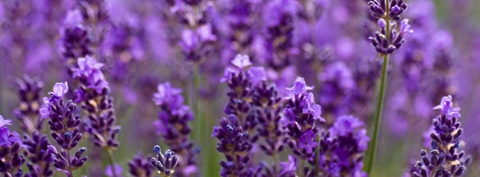 Plant lavender to give fairies s a lovely scented clothesline.
Plant lavender to give fairies s a lovely scented clothesline.
The best time to find a fairy is at dusk or dawn, “At a time that is not a time, in a place that is not a place, on a day that is not a day”. But don’t let the time of day stop you. You can look for fairies anytime. Look at everything! Listen to everything! Feel everything!
Fairies have different ways of letting you know they’re around. A movement you see from the corner of your eye, the rustle of a leaf behind you or the inexplicable chill you get on a hot summer day, are all the ways fairies are telling you they’re around.
Garden fairies are passionate. They love nature and care for the trees, flowers, herbs, and vegetables in the garden. Fairies are helpers, fixers and problem solvers but they can’t use their magic to solve everyday problems! Mother Nature holds every fairy accountable for their use of magic and fairy gifts.
Fairy Gardens:
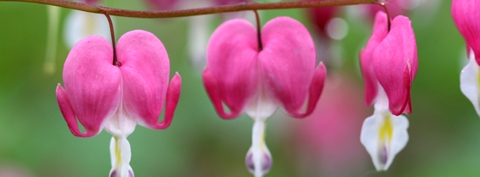 Bleeding hearts are a wardrobe essential for fairies.
Bleeding hearts are a wardrobe essential for fairies.
Fairies can be mistrustful of mankind because of our general disregard for nature, but are attracted to humans who respect the land around them and care deeply for the animals and birds. Planting a fairy garden will help to gain their trust.
We take pride in our neat and organized garden. Fairies, on the other hand, enjoy a garden that is natural and a little unkempt. They need places to hide among longer grass or under native wildflowers. Each fairy garden is unique. You don’t need a lot of space. A fairy garden can be grown in containers or windows boxes.
Fairies prefer dappled shade with playful rays of sun and moonlight. The area should be quiet, with a safe and secure feeling. A spot beneath a fragrant flowering shrub or rose bush is ideal. Use small ornaments or treasures to tempt the fairies into your garden. Fairies love gold, so leave them bits of golden ribbon, golden foil, a golden coin or charm.
All fairy gardens must include water. Bird baths, shallow bowls, or a small cup filled with clean water will do the trick.
Another addition to your fairy garden can include a small fairy house made of natural items, such as twigs or stones. A small crystal placed on the house will attract the fairy to it. When placing the house in the garden, be sure to call out and let the fairies know it is a place for them.
Fairy Comfort:
No fairy garden is complete without some of their favorite plants for everyday comfort and basic necessities. “Elfin” thyme is a tiny fragrant variety perfect for fairies - it’s like rolling out the red carpet. They find the spicy fragrance irresistible, making them feel right at home.
For a well-dressed fairy, be sure they have foxgloves, columbine, lady’s slipper, tulips, and bleeding hearts.
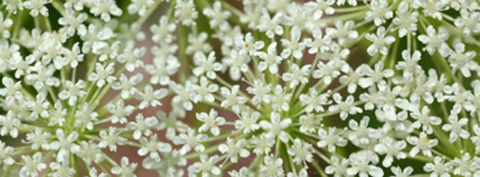 Tuck your fairies in with sheets made of frilly Queen Ann's Lace.
Tuck your fairies in with sheets made of frilly Queen Ann's Lace.
When it’s bedtime, fairies like to make a soft bed out of lamb’s ears and ferns, using Queen Anne’s lace for sheets and thistle down for pillow stuffing. They tuck their babies into tulip blooms or milkweed pods to cradle them safely all night.
Sunflowers, lilacs, yarrow, coneflowers, cosmos and daisies are other fairy favorites.
Trinkets and Treasures:
Fairies are particularly fond of shiny objects like gazing balls, mirrors, gems, and coins. Plant lady’s mantle in your fairy garden to capture dew drops that sparkle like diamonds. Use “Little Rubies” dianthus, a tiny, flowering ground cover between small stepping stones. Be sure there are money plants, which are loved by fairies – they caress away the papery covering to reveal the silver coins. For good luck, add a small piece of mirror.
Playtime:
Fairies love to play, sing and dance. They are enchanting, peaceful earth spirits, but at times they can be mischievous - bored fairies are naughty fairies so provide then with lots of things to keep them occupied.
Include four-o-clocks in your fairy garden to let them know when it’s time to play. Plant coral bells and lilies of the valley to give the fairies bells to ring. Be sure they have snap dragons to use as puppets. Add tiny pebbles, shells, or bits of colored sea glass with smooth rounded edges to give them something to rearrange.
Useful Items:
Even fairies have everyday chores that they must attend to. They use lavender as a wonderfully scented clothesline. Walnut shells serve as little boats to get across puddles and acorn shells serve as bowls. When it’s time for a break, poppy pods are perfect for sipping their tea.
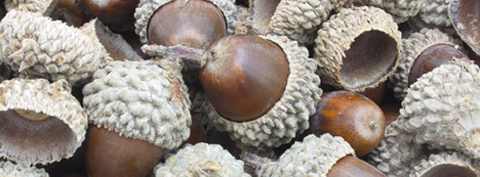 Fairies use acorns as bowls and walnuts as boats to get across puddles.
Fairies use acorns as bowls and walnuts as boats to get across puddles.
Gaining Trust:
If you’re kind to fairies with an open heart, they will let you into their world and bless your household with good fortune. Be sure to respect their privacy and leave them little gifts without expecting anything in return. Talk, sing, or play music for them and fill your garden with laughter.

